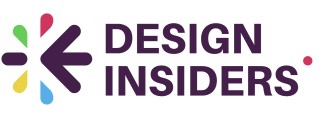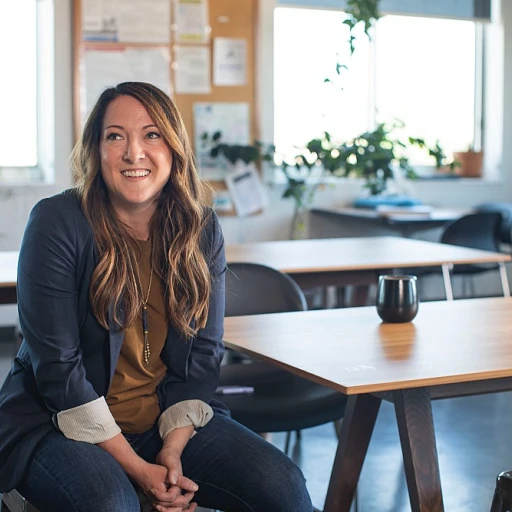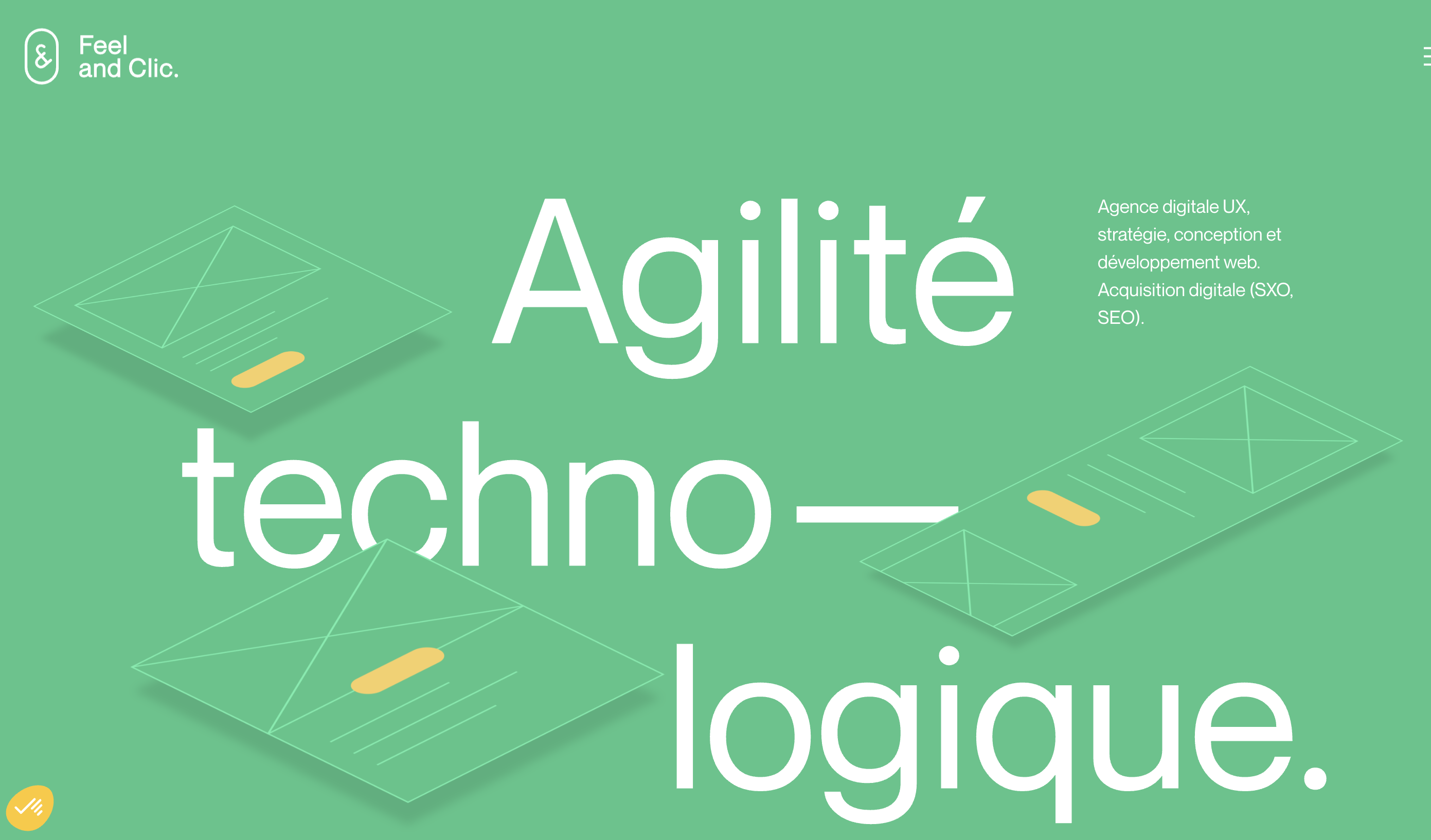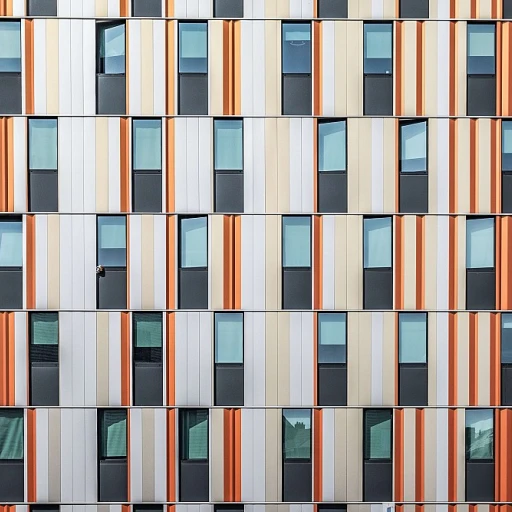Understanding the Role of Design in Daily Life
Design’s Influence on Everyday Interactions
In our daily lives, design plays a pivotal role in enhancing experience at multiple touchpoints. From the physical environment of an office interior to the interface of a mobile app, the thoughtful integration of design impacts how employees feel at work, how customers engage with a brand, and even how a user interacts with a product or service.
When businesses engage in experience design, the focus shifts to understanding and improving these interactions to foster better employee and customer experiences. This approach embraces design thinking principles, where every design decision takes into account the pain points of the intended audience. By doing this, companies create solutions that are not only visually appealing but also functional and practical.
For instance, interior design can transform an office into a space that boosts employee engagement and productivity. Well-designed office designs can support optimal employee experience by promoting collaboration, comfort, and creativity. Similarly, digital products benefit from an approach that prioritizes user experience, ensuring interfaces are intuitive and easy to navigate.
Companies aiming for success in their exd initiatives must pay attention to these varied aspects of design. By focusing on thoughtful design processes, they can effectively address the needs of their employees and customers. Embracing relevant frameworks and personas in design projects allows businesses to elevate their product and service offerings, ultimately enhancing the overall experience management.
The Balance Between Aesthetics and Functionality
Striking the Right Balance: Marrying Aesthetics with Functionality
In today's competitive market, delivering a remarkable brand experience requires a keen understanding of how aesthetics and functionality blend together. A well-balanced design is not just about creating a visually appealing product or service; it also serves as a pathway to enhance user experience and customer satisfaction. Companies that strive to integrate aesthetic appeal with practical functionality often see higher levels of employee engagement and brand loyalty.
Consider the office interior design of a company. A thoughtfully designed workspace not only looks good but also promotes employee experience and productivity. The layout, color scheme, and furniture should have a harmonious relationship that drives employee motivation and comfort while working. This consideration reflects a broader understanding of how design thinking can address pain points in workplace environments, lifting the overall work experiences of employees.
Customer experiences are similarly enriched when product services and apps prioritize both looks and utility. Many businesses today focus on seamless user experience and efficient design processes to achieve a successful impact. By applying principles of experience design, brands work toward creating intuitive products that resonate with their target audiences. Crafting such powerful products requires a deep understanding of user needs and a commitment to creating beautiful yet purposeful designs.
The lessons from the design employee's perspective can inform how companies approach experience management. A shift towards experiences that are inclusive and cater to diverse populations is essential. This can mean taking into account varied learning experiences and ensuring your brand remains accessible to all your customers. By focusing on inclusivity, brands not only foster greater trust and authority but also expand their reach in serving people from all walks of life.
Ultimately, the delicate balance between aesthetics and functionality is crucial in elevating any design experience. For those eager to delve deeper into understanding how prototypes can enhance user-focused design solutions, there are invaluable insights to be found through the UX prototyping process.
Innovative Design Trends Shaping the Future
Exploring Future Innovations in Design
The landscape of design is ever-evolving, with new trends and innovations continually reshaping experience design. These advancements not only enhance user experience but also elevate how customers, employees, and individuals interact with product services and spaces. In a business context, integrating innovative design thinking can transform employee engagement and customer experience alike.
One of the forefronts of innovation is the integration of technology in design processes. As companies strive to create seamless experiences, technology acts as a pivotal tool in bridging the gap between functionality and aesthetics. Technologies like AI and AR are being utilized to develop interactive and personalized user engagements. For instance, businesses are employing augmented reality to display product features or visualize office interiors, immersing users in a cohesive storytelling experience.
Another groundbreaking trend is the emphasis on sustainability in design. As consumers and customers become more environmentally conscious, brands are responding by adopting sustainable practices within their design processes. This shift not only aligns with consumer values but also builds brand loyalty and trust, positioning companies as ethical and responsible.
Moreover, the rise of experience management has highlighted the importance of considering employee experience and learning experiences in work environments. Forward-thinking organizations are using interior design to create office environments that enhance productivity, creativity, and comfort, ultimately influencing how employees feel about their workspace. This could include features like flexible workspaces or incorporating natural elements to promote well-being.
Understanding the balance between emerging technology and human-centric design can make a significant difference in addressing user pain points and offering valuable customer experiences. For example, exploring the nuances of UI and UX design can lead to more refined and tailored interfaces that better meet the needs of the user.
As we navigate these transformative trends, it is evident that fostering innovation requires a blend of technology, creativity, and empathy in design. By prioritizing user needs and anticipating future demands, businesses can not only stay ahead of the curve but also create lasting and appealing design experiences for all.
Designing for Inclusivity and Accessibility
Empowering Through Inclusive Design
In a world where diversity is increasingly embraced, designing for inclusivity and accessibility is vital for creating enriching experiences. Thoughtful design isn't limited to aesthetics or functionality alone; it extends to ensuring access and usability for everyone, regardless of ability, background, or circumstance.
To achieve truly inclusive design, companies must focus on understanding their users deeply. It's about addressing the varied needs of your customers, employees, and community to ensure everyone can engage with your product or service comfortably and effectively. This inclusive approach not only enhances the user experience but also strengthens your business by broadening its reach.
Consider the design of an office interior. It's not just about the spatial aesthetics; it's crucial to create an environment where all employees feel valued and accommodated. Ergonomic furniture, accessible restrooms, and navigable layouts contribute to a positive employee experience, boosting productivity and engagement.
Digital platforms should be no different. Whether designing an app or an online service, ensuring accessibility features like screen readers, adjustable text sizes, and voice controls can vastly improve customer experience. This careful attention to inclusivity in your brand's digital offerings fosters loyalty and satisfaction among diverse user groups.
Creating these learning experiences through inclusive design requires fostering a culture of empathy within your design team. By understanding pain points from different perspectives, you can more effectively address them in the design process. Engaging with users early and often, as part of an experience management strategy, helps identify these needs, leading to better design decisions and greater customer satisfaction.
Ultimately, inclusive design is not a choice but a responsibility. It's about creating a space where all users can thrive, thereby reinforcing your brand's dedication to comprehensive, thoughtful design that enriches every interaction and drives your company's success.
The Impact of Technology on Design Processes
Embracing Technological Innovations in Design
In today's rapidly evolving world, technology plays a pivotal role in transforming the design processes to enhance experience design across various facets—be it customer experience, employee engagement, or product development. Understanding how technology integrates into this landscape can help your business remain ahead of the curve.
With the advent of advanced design software, companies can now create more sophisticated and intuitive user experiences. These tools enable designers to simulate real-world interactions and better understand potential pain points. Utilizing augmented reality (AR) and virtual reality (VR) technologies can further revolutionize your brand, offering a unique way for customers to interact with your product service before making a purchase.
Automation is another technological advancement shaping experience management. By implementing automated systems in the office, employees feel more empowered, resulting in improved productivity and job satisfaction. Infrastructures like smart office designs not only elevate the employee experience but also optimize the use of resources, aligning with the needs of a modern workplace.
Moreover, data analytics offers valuable insights into user behavior, allowing businesses to tailor their design process to cater to actual user needs. When leveraged effectively, this data can significantly improve customer experience and ensure your product effectively solves the problems faced by customers.
When designing for inclusivity and accessibility, technology provides unique tools to ensure that your designs cater to a diverse audience. Screen readers, voice assistants, and customizable display settings are examples of how technology can be harnessed to overcome accessibility barriers, providing a learning experience for companies as they adapt to these evolving needs.
Finally, it's crucial to integrate technology into the interior design of your office space. Thoughtful deployment of technology in your office design can create an engaging environment for employees and visitors alike. In the end, the harmony between advancing technologies and traditional design thinking will shape the future of how experiences are crafted—continuously evolving to meet the diverse needs of people and your business objectives.
Case Studies: Successful Designs That Elevate Experience
Examples of Design Transforming Everyday Experiences
In the ever-evolving landscape of design, various case studies showcase how thoughtful integration of aesthetics with functionality has redefined user experiences across sectors. From retail spaces to digital interfaces, the capacity to enhance an employee's work experience or a customer's interaction with a brand lies in the ability to identify and address key pain points through innovative design thinking.
Revolutionizing Retail with Customer Experience Focus
One notable example is the transformation of a popular retail chain's interior design to prioritize customer engagement and experience. By redesigning the layout to create an intuitive flow and incorporating interactive displays, the company not only improved aesthetic appeal but also boosted customer satisfaction. This approach encouraged people to explore products more freely, leading to an increase in purchase likelihood and enhancing the overall brand perception.
Innovative Office Design for Enhanced Employee Experience
In office spaces, employee experience has become a pivotal focus of design. An impressive case is how a technology firm reimagined its office interior, shifting from traditional cubicles to an open-plan concept that fosters collaboration and creativity. The inclusion of ergonomic furniture and dedicated zones for relaxation improved employee engagement and productivity. This strategic office design has created an environment where employees feel valued and motivated, directly impacting the company's innovative capacity.
Seamless Digital Experiences through User-Centric Design
On the digital front, a popular app’s redesign exemplifies how understanding user experience can reshape a product service. By conducting extensive experience management and gathering user feedback, the development team was able to refine the interface, making it more intuitive and responsive. This transformation not only enhanced user experience but also increased engagement, user retention, and ultimately, the app’s success.
These examples underscore the importance of integrating a comprehensive design process that considers both aesthetic and functional aspects. The correlation between well-planned design initiatives and positive business outcomes demonstrates design's critical role in elevating experience, whether for customers, employees, or users.










